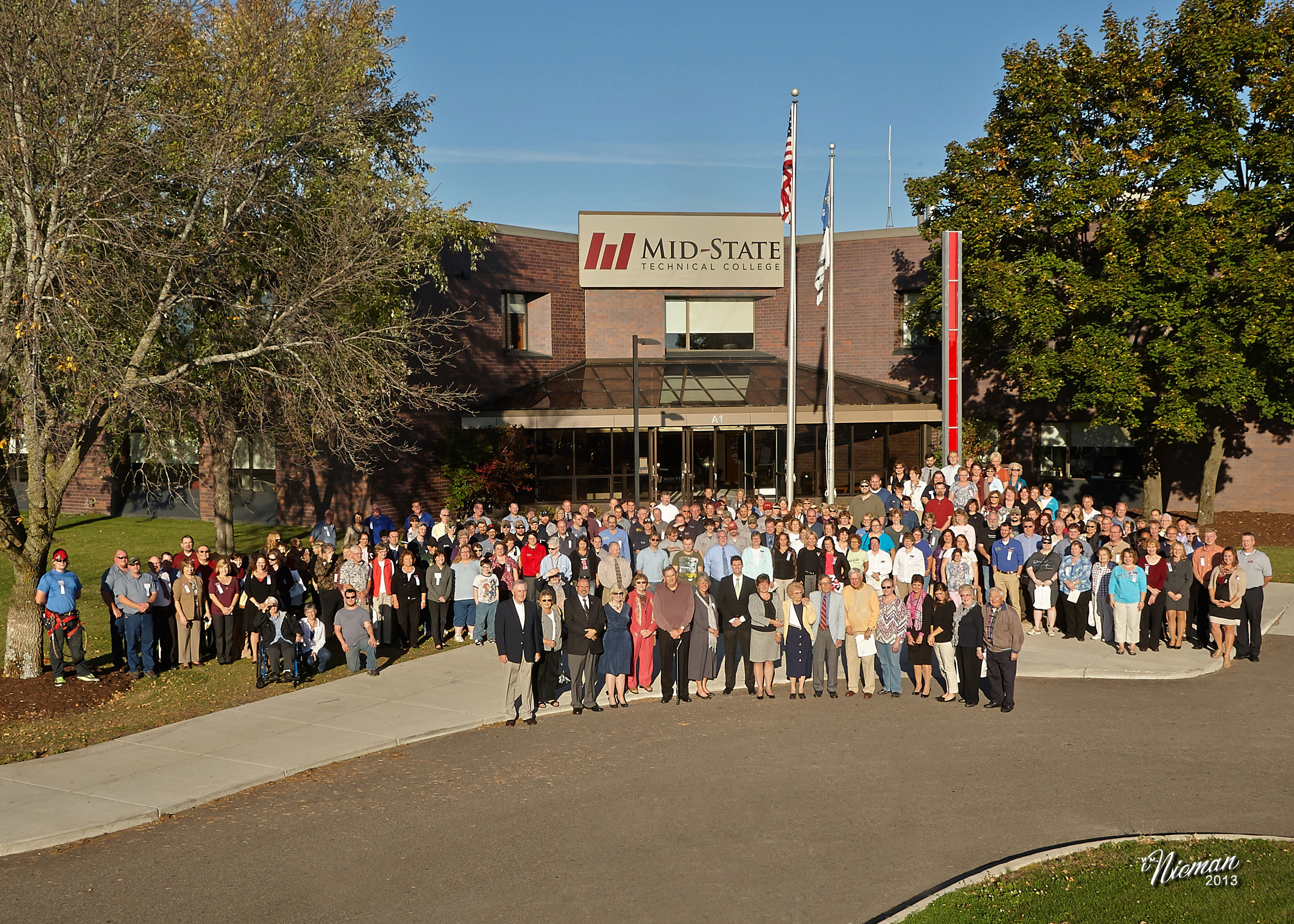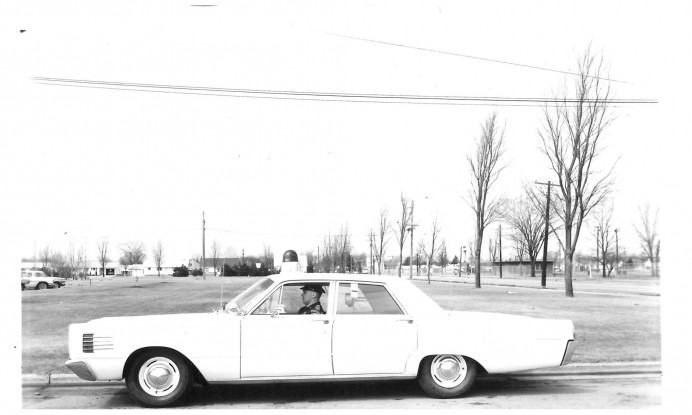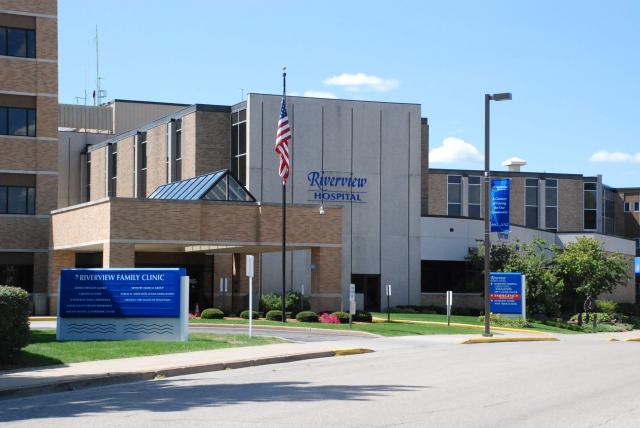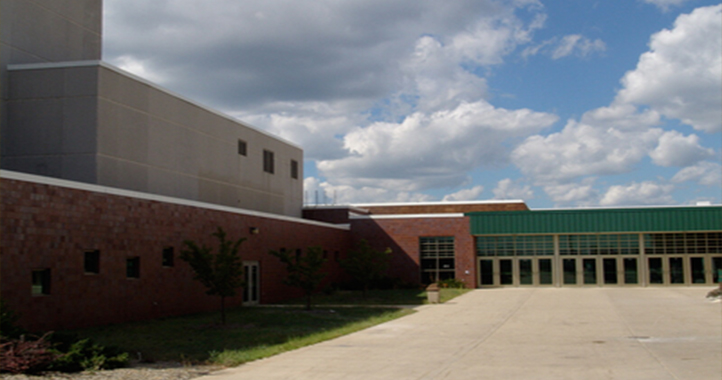Fire Department Receives Heart Attack Treatment Award
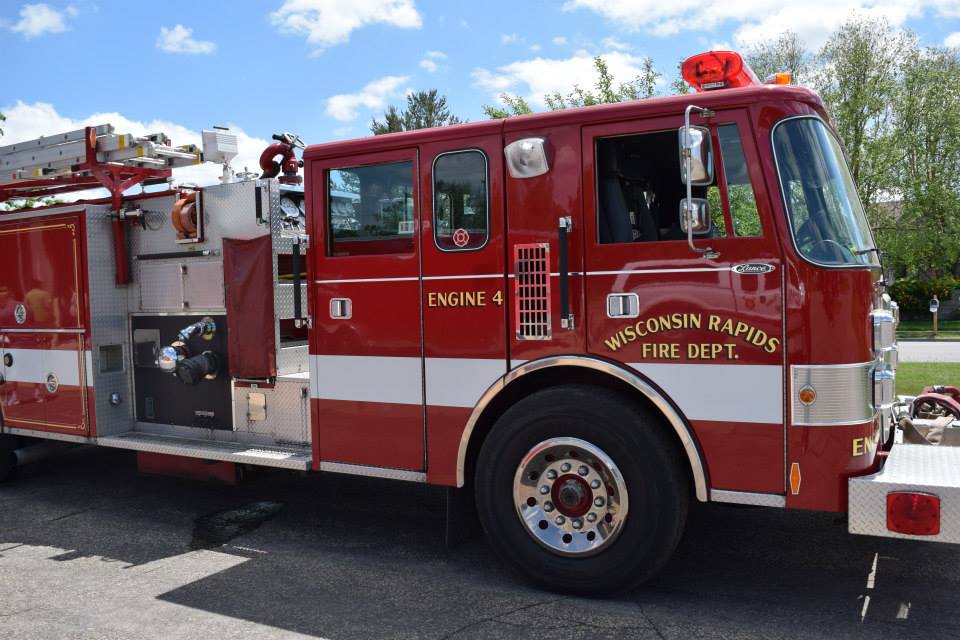
By Jacob Mathias
The Wisconsin Rapids Fire Department was presented the Bronze Level Recognition award from Mission: Lifeline on Tuesday for their work in improving treatment measures for victims of severe heart attacks.
“It’s really a testament to our investment as a city that we make in our services,” said Mayor Zach Vruwink. “It’s something as a city to hang our hat on. The fact that there’s now been an acknowledgement for our efforts to continue to be fast and provide a level of care that people need us for.”
Mission: Lifeline was created by the American Heart Association to improve treatment of ST-elevated myocardial infarctions (STEMI), a type of heart attack caused by a complete blockage of blood flow to the heart, and out of hospital cardiac arrests in order to make sure patients receive appropriate treatment, including heart catheterization, for their life-threatening conditions within an acceptable time frame.
That time frame is 90 minutes.
“If that happens within a 90-minute time frame, patient survivability is around 98 percent,” said Scott Young, WRFD Deputy Chief. “More importantly, the majority of patients can return to a quality lifestyle. By that I mean we hope they can maintain a lifestyle they had pre-cardiac incident.”
“I’d like to recognize key individuals for this award,” said Young. “Our EMTs, they’re tasked with a lot during these calls. Their hands are full, they’re very busy. They have a lot of procedures and prep work to do and medications to administer during transport to the catheterization lab…so the cardiologist can provide the catheterization and open the affected artery up to allow profusion back to the heart.”
Young also acknowledged the common council for their financial support of his department which allows them the ability to provide the care they can.
The award given to the WRFD recognizes the achievement of the fire department in treating at least 75% of STEMI and cardiac arrest patients in a 90-day period within the following treatment guidelines set by Mission: Lifeline, including:
• Percentage of patients with non-traumatic chest pain over 35 years of age, treated and transported by EMS who receive a pre-hospital, 12-lead electrocardiogram.
• Percentage of STEMI patients transported to a STEMI Receiving Center, with pre-hospital First Medical Contact to Device under 90 Minutes.
• Percentage of STEMI patients transported to a STEMI Referring Center with arrival to Fibrinolytic Therapy administration in under 30 Minutes.

